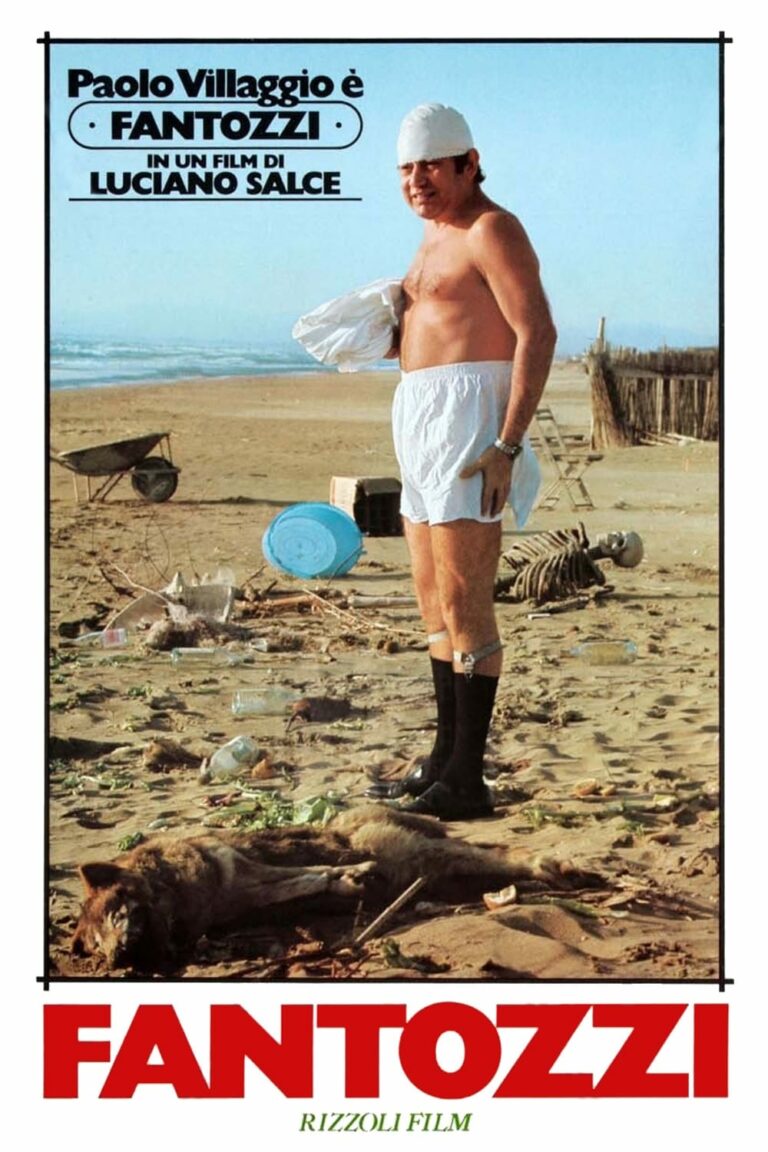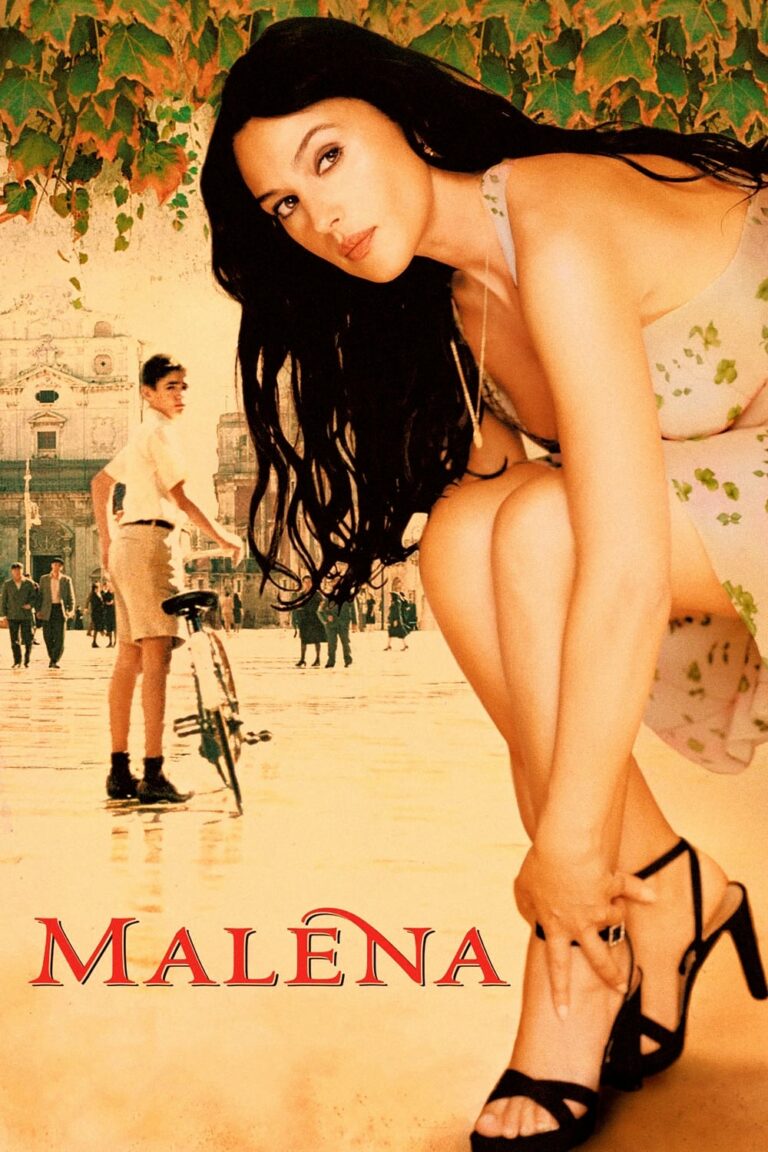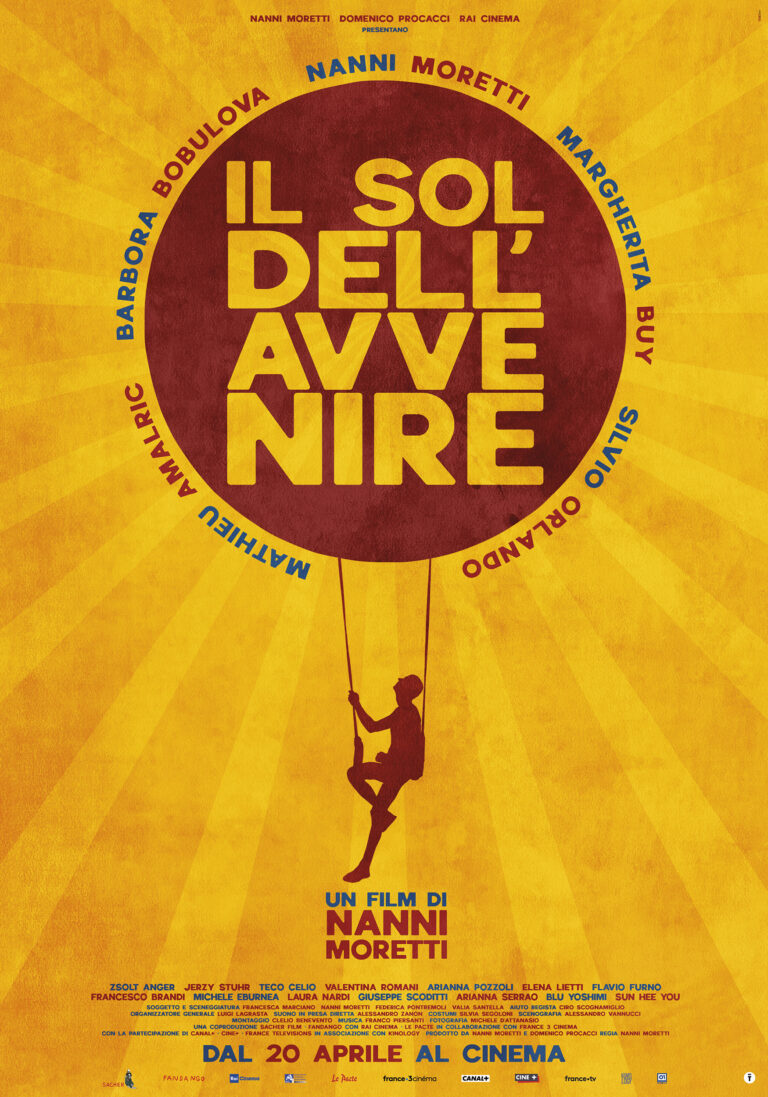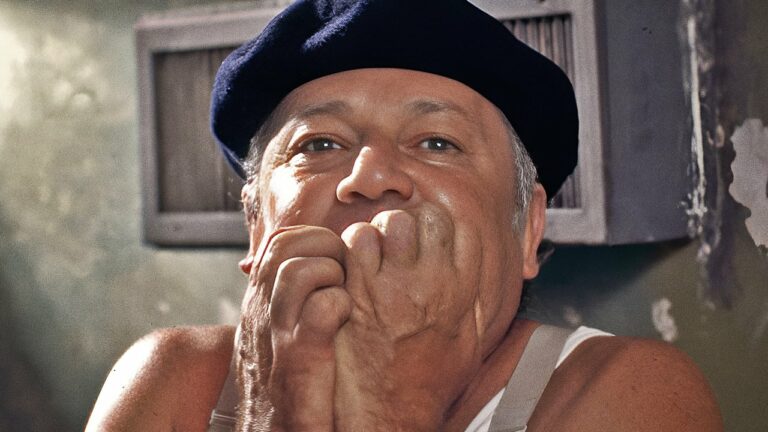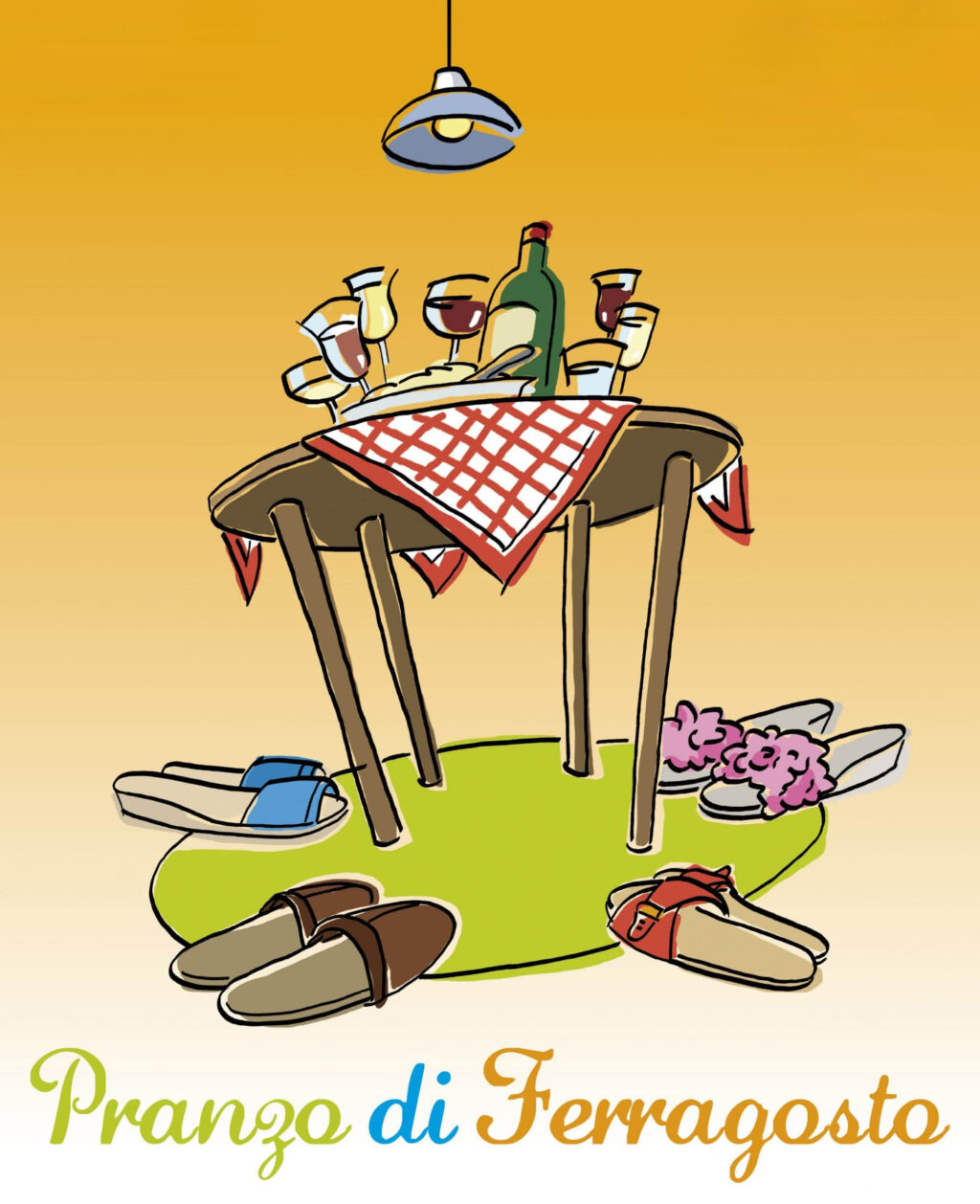
Mid-August Lunch (Pranzo di Ferragosto) is a charming 2008 Italian film that offers a heartwarming glimpse into human connection, care, and the simple joys of life. Written and directed by Gianni Di Gregorio, who also stars as the lead, this quiet gem stands out for its subtle humor, tender storytelling, and intimate portrayal of relationships. The film captures the essence of Italian culture, emphasizing the significance of food, family, and traditions while delivering an endearing narrative about unexpected friendships.
The Premise: A Summer Feast to Remember
The film is set in Rome during Ferragosto, the traditional mid-August holiday in Italy, when the streets empty as families head to the countryside or seaside for a brief escape from the sweltering city heat. Gianni, an affable but financially struggling middle-aged man, finds himself roped into an unusual arrangement.
Living in a cramped apartment with his elderly mother, Valeria (played by Valeria De Franciscis), Gianni agrees to take care of the aging relatives of others in exchange for some financial relief. His landlord asks him to look after his mother, and soon after, Gianni finds himself hosting not one but three elderly women, as a local doctor also adds his aunt to the mix.
What starts as an awkward and reluctant responsibility transforms into a delightful, if chaotic, gathering of personalities. The film unfolds over the course of one day, culminating in a memorable lunch that brings warmth, laughter, and a newfound sense of community to everyone involved.
Themes of the Film
1. Aging and Independence
Mid-August Lunch offers a poignant and realistic portrayal of aging. The elderly women in the story, each with distinct personalities and quirks, represent different aspects of growing old. Some cling to their independence, while others long for companionship and care. The film explores the challenges and joys of old age with respect and sensitivity, never resorting to stereotypes or pity.
2. Food as a Cultural and Emotional Anchor
Food is central to the film, not just as sustenance but as a medium of connection. The act of preparing and sharing a meal becomes a symbol of care, love, and togetherness. Gianni’s simple yet heartfelt approach to cooking reflects the Italian tradition of using food to nurture relationships, bridging generational and emotional gaps.
3. The Importance of Community
At its core, the film celebrates human connection. The interactions among Gianni, his mother, and the guests highlight how communal living, even for a brief period, can create lasting bonds. The women, initially strangers, come together in a shared experience, finding joy and solace in each other’s company.
Characters and Performances
The film thrives on its naturalistic performances, many of which come from non-professional actors.
- Gianni Di Gregorio as Gianni: Di Gregorio delivers a nuanced performance as a man caught between duty and his own desires. His quiet demeanor and dry humor anchor the film, making Gianni a relatable and endearing protagonist.
- Valeria De Franciscis as Valeria: Gianni’s strong-willed mother is a delightful character, embodying both the frustrations and affections of familial relationships.
- The Elderly Women: Marina Cacciotti, Maria Calì, and Grazia Cesarini Sforza bring authenticity and charm to their roles, portraying their characters with warmth and wit. Their interactions feel genuine, creating a believable dynamic that forms the heart of the film.
A Slice of Real Life
One of the film’s greatest strengths lies in its authenticity. The setting, a modest Roman apartment, feels lived-in and relatable, and the film avoids melodrama or exaggerated plotlines. Instead, it focuses on the small moments that make life meaningful: a shared meal, a candid conversation, or a quiet moment of reflection.
Di Gregorio’s direction emphasizes realism, with a relaxed pace that mirrors the unhurried rhythm of a summer afternoon. The dialogue is conversational, and the humor is understated yet effective, drawing smiles rather than laughter.
Cinematography and Music
The cinematography by Gian Enrico Bianchi captures the warmth and simplicity of the setting, using natural light to enhance the film’s intimate atmosphere. The visuals are complemented by a gentle score that underscores the film’s lighthearted yet reflective tone.
Critical Reception and Legacy
Mid-August Lunch received widespread acclaim upon its release, winning the Best First Feature Award at the Venice Film Festival in 2008. Critics praised its humor, heart, and the director’s ability to tell a deeply personal story with universal appeal.
Despite its modest scale, the film struck a chord with audiences worldwide, offering a refreshing alternative to more dramatic or action-packed films. Its success demonstrated the enduring power of simple, well-told stories that focus on human experiences.
Why It Resonates Today
In a world often dominated by fast-paced, high-budget films, Mid-August Lunch serves as a reminder of the beauty of simplicity. It invites viewers to slow down, appreciate the small joys of life, and reflect on the importance of relationships and community.
Its themes remain as relevant as ever, particularly in a time when many older adults face isolation. The film encourages empathy and understanding, showing that care and connection can come from the most unexpected places.
Conclusion
Mid-August Lunch (Pranzo di Ferragosto) is a delightful gem that captures the heart of Italian culture and the universality of human connection. With its understated humor, genuine performances, and heartfelt storytelling, the film leaves a lasting impression on viewers, reminding us of the simple pleasures that make life truly rich.
Whether you’re a fan of Italian cinema or simply looking for a feel-good film that resonates with warmth and authenticity, Mid-August Lunch is a must-watch. It’s a celebration of life’s little moments, served with a generous helping of charm and sincerity.
